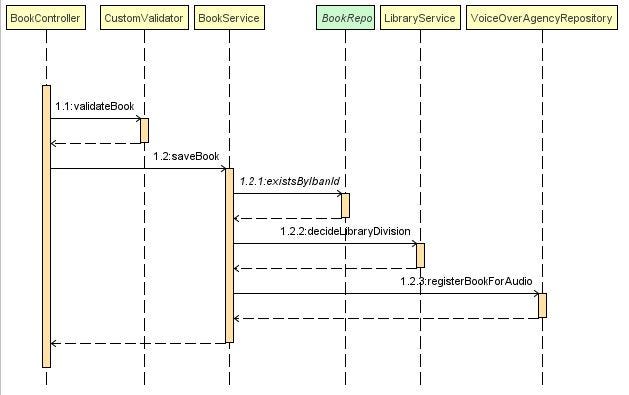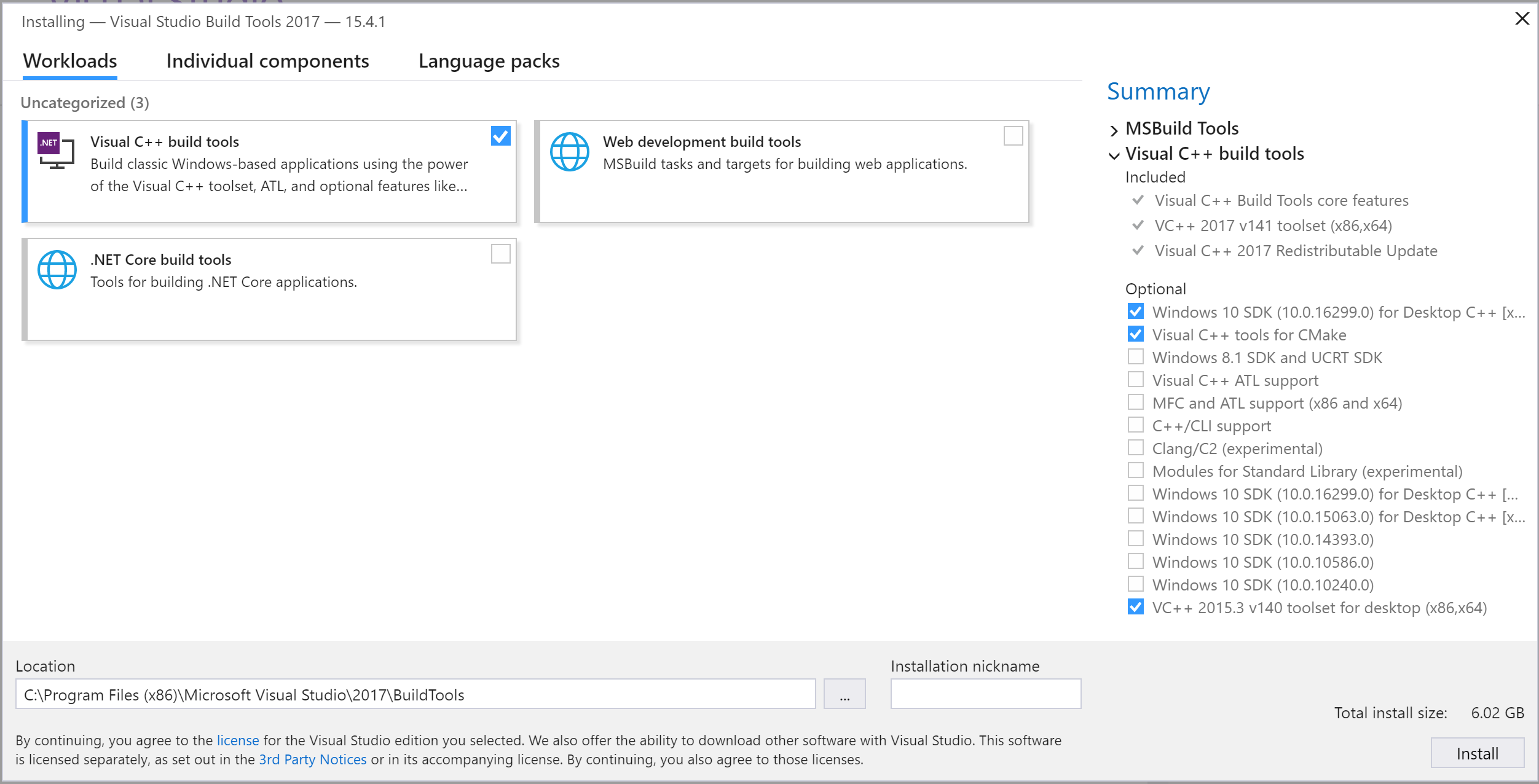

- #Microsoft visual studio 2017 include folder how to#
- #Microsoft visual studio 2017 include folder series#
#Microsoft visual studio 2017 include folder how to#
Throughout the rest of this article, we will discuss how to build C++ code that is grouped in several projects: a static library, a dynamic library and an application. When you build the CMake scripts, VC++ project files are created stored in a temporary location, which are then used by Visual Studio to build, run and debug the code. Different commands, such as building and debugging the code, are also available from the context menu for the CMakeLists.txt files. The main menu contains an additional item called CMake with different commands, such as building the scripts, managing the CMake cache, changing the CMake settings and others. When you open a folder, you can see the contents of that folder, including the CMakeLists.txt file(s) in the solution explorer. To open the code from such a directory, go to File > Open > Folder. If your code is split across multiple projects and sub-directories, you need to have one in each project directory. For that, you need to have a CMake script, always called CMakeLists.txt, in the same location with your sources. In Visual Studio 2017, you can open C++ code by using the open folder feature. For an in-depth discussion of the support, see CMake support in Visual Studio. Overview of Support in Visual Studio 2017Īlthough this article is an introduction to CMake, it makes sense to start with a brief walk-through of the support for it in Visual Studio.
#Microsoft visual studio 2017 include folder series#
This article provides an introduction to CMake through a series of examples to help you, as VC++ developers, to create and maintain CMake projects. This means it is possible to create, edit, build, run and debug C++ code in Visual Studio 2017 without the need to explicitly generate VC++ projects, as that is taken care behind the scenes by the system. Although CMake has had support for all versions of Visual Studio, starting with version 6, Visual Studio 2017 is the first version to support CMake. CMake uses scripts (called CMakeLists.txt) to generate environment specific build files, such as Visual Studio projects, XCode projects, make scripts and others. CMake is a cross-platform open-source tool for defining the build process for native applications independently of compilers and environments. NET Framework project.One of the important changes in Visual Studio 2017 for native development is support for CMake.

NET Core project and link the files to the. We can put our production forms (XAML) in the. To help with the transition, we can have *both* a WPF. (I'm hoping things will be awesome when it comes to release time.) Right now, the WPF designers in Visual Studio are not quite complete for. We may need code that is a bit different for each environment, but we can use linked files to share what we can.Īnother place this is useful is when transitioning WPF from. NET Standard 2.1 project - like Task.IsCompletedSuccessfully), I can copy files and make custom shivs that will get me through the transition period.Īnother place where linked files can come in handy is if we create shared libraries (or NuGet packages) that will be used in different environments.

NET Framework project.įor anything that doesn't match up (for example, I might be using additional APIs in the. NET Standard 2.1 project) that I can use today with the. NET Standard 2.0 project (that links to the files in the. NET Standard 2.1 class library with the intention that this will be the library referenced by the. NET Core 3.0, I may want to set up some interim projects to help with the transition. NET Framework 4.7.2 project, I will not be able to use a. NET Standard 2.1.īut most people have a lot of applications that are. NET Core 3.0 is still coming (it will be released on September). We are in a bit of a transition period with. This example is a bit contrived, so let's explore something a little more realistic. In this case, we may not be able to reference one assembly from another. And this is what I do when I can.īut in this scenario, we have 3 different class libraries all with different targets. So why would we want to do this? Usually if we want to use an existing class, we would reference that assembly and use it directly. So if we make changes in one location, it is reflected in both. What we have done is create a reference in one project to a file in a different project.


 0 kommentar(er)
0 kommentar(er)
